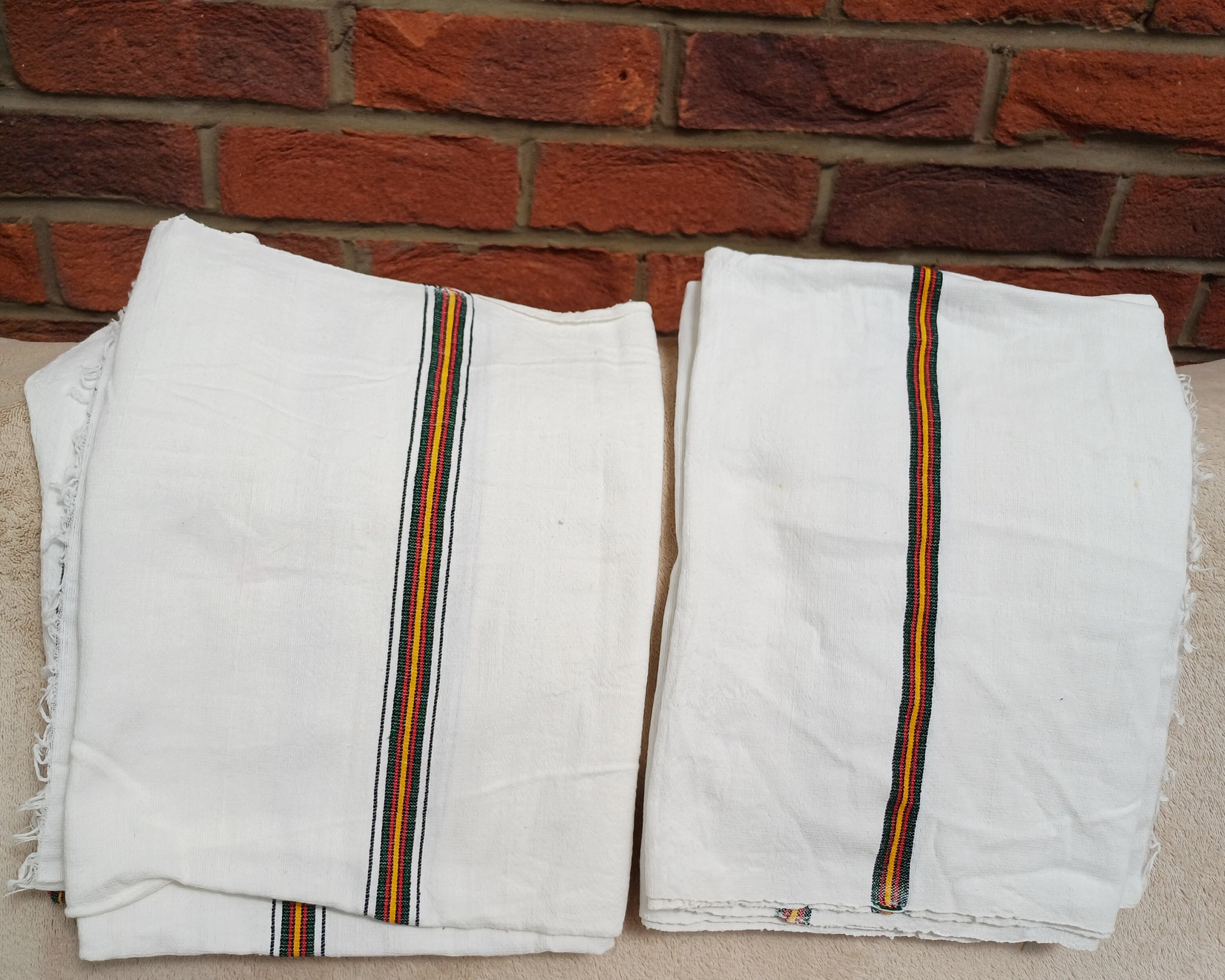Welcome to Ethio Crafts blog!
In our blog, we share knowldge about Ethiopian Crafts including stories, news, photos, tips and how-to guides. For our first blog entry, we have chosen a brief introduction about some of the Hand-made Traditional Textile.
Ethiopian hand-loomed traditional textiles are a beautiful and important part of Ethiopian culture. These textiles are made using traditional methods that have been passed down through generations. Some of the important examples of these traditional textiles are Nettela/Shawl, Scarf / "Anget Lbs", and Blanket / "Gabi".
You might ask, "what makes them so special?" Let's then take a closer look.
History and Significance
Ethiopian textiles have a rich history. For centuries, skilled artisans have used looms to weave intricate patterns and vibrant colors into fabric. These textiles are not just beautiful; they are also a part of many cultural ceremonies and everyday life in Ethiopia. For instance, traditional clothing made from these fabrics is often worn during weddings, religious ceremonies, and festivals.
The Weaving Process
The process of making these textiles is fascinating. It all starts with cotton, which is the primary material used. Artisans spin the cotton into thread, which is then dyed using natural dyes. The threads are set up on a loom, a device that holds the threads in place while the weaver creates the fabric. This process requires a lot of skill and patience. Weavers use their hands and feet to control the loom and weave the threads into beautiful patterns.
Unique Designs and Patterns
One of the most striking features of Ethiopian textiles is their unique designs. These patterns often have special meanings and tell stories about the culture and history of Ethiopia. Common patterns include crosses, diamonds, and other geometric shapes. The colors used in these textiles are also significant. For example, white is often used to symbolize purity and peace.
Modern Use and Global Appeal
Today, Ethiopian hand-loomed textiles are gaining popularity around the world. Many people appreciate the craftsmanship and cultural significance behind these fabrics. Designers are incorporating these textiles into modern fashion, creating beautiful clothing and accessories that blend traditional techniques with contemporary styles.
Supporting Artisans
By purchasing Ethiopian hand-loomed textiles, you are not only getting a unique and beautiful product but also supporting skilled artisans. This helps preserve their craft and provides them with a sustainable livelihood.
In conclusion, Ethiopian hand-loomed textiles are more than just fabric. They are a link to the past, a piece of art, and a way to support and celebrate a rich cultural heritage.

